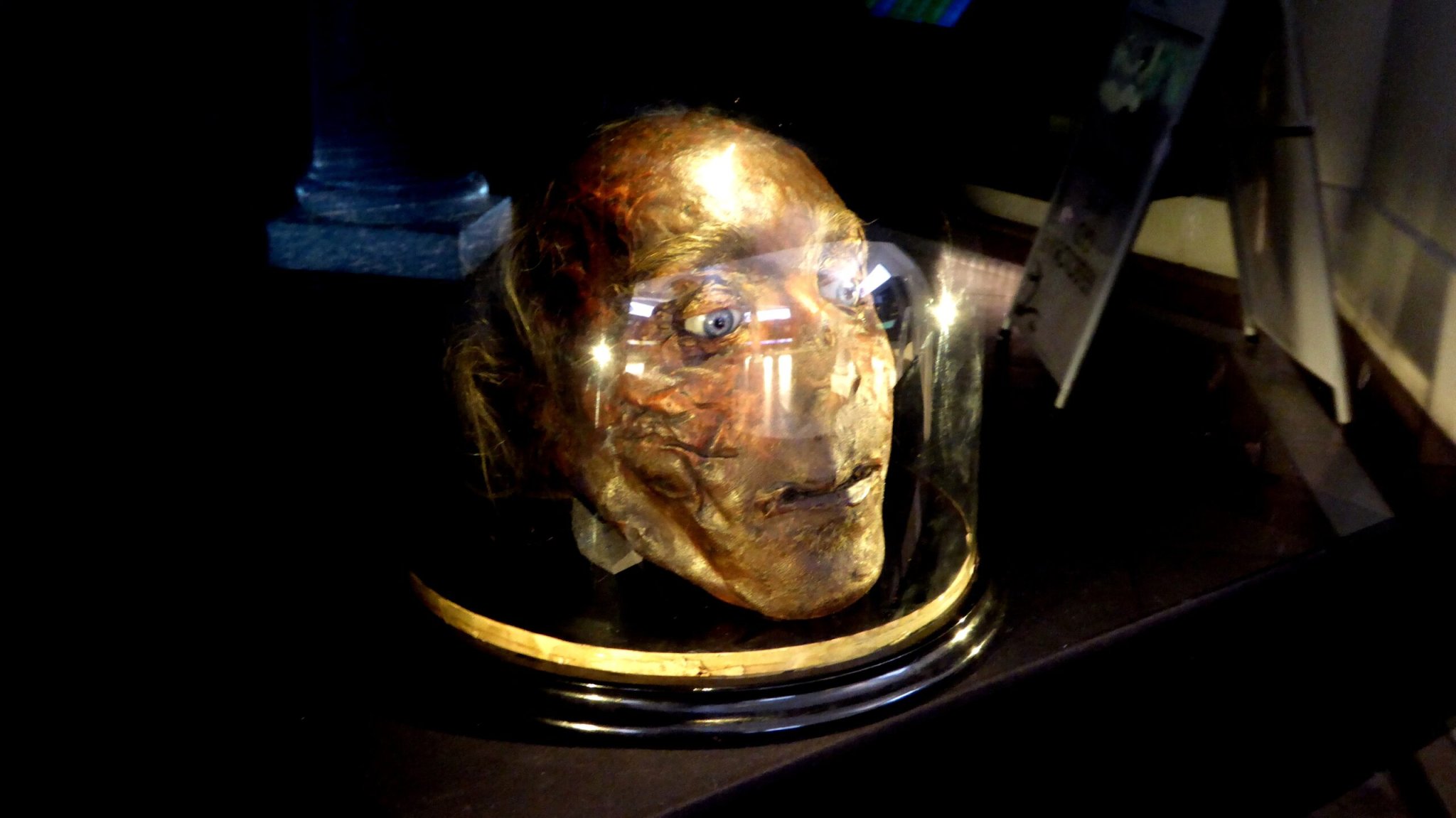


Below is the script for the video above. If you want, give it a watch. If you want the info without the sound, read on. Also, while we have you, why don’t you subscribe to Popular Science on YouTube?
For those looking to weird out their aunts and uncles, her are 12 strange facts from Season 1 of the Popular Science podcast, The Weirdest Thing I Learned this Week.
The world’s first underwater film is of a man fighting a shark. It took two attempts because the first shark fight happened just off-camera. To lure the shark to the fight, a dead horse was lowered upside down into the ocean for bait.
From the mid-1600s until the mid-1800s, many scientists believed in preformationism—the idea that all living things grow out of smaller versions of themselves. Antonie van Leeuwenhoek discovered wriggling sperm cells in 1677, and he believed that within them were fully formed men.
Like Marvel’s Wolverine, the Iberian Ribbed Newt turns its own body into a weapon. It shoves its ribcage forward along its spine so that the sharp ends of its ribs poke out through the skin. As if bristling with bony needles wasn’t enough, it also starts secreting a poison that coats its skin and the ends of the points, delivering a deadly dose to smaller critters.
Ketchup must meet strict standards in order to be labeled Grade A. Grade A ketchup must score at least 85 points on the USDA’s 100-point scale. It has four criteria: flavor, color, consistency, and defects.
The English philosopher Jeremy Bentham wanted to be taxidermied after his death. Unfortunately for Bentham, the taxidermy process doesn’t work particularly well on humans. His skeleton below the neck was padded with hay and dressed in his own clothes and seated in his favorite chair. But the mummification process left his head discolored and lacking expression. So a wax head was placed on his bones and the whole thing, which is called an “auto-icon,” is kept in a closet at the University College London, where it can still be seen today.
And what came of his real head? It was, for a time, displayed as a part of the auto-icon. But after multiple thefts by students, it was locked away and it’s no longer available to be seen by the public.
In the town of Taos, New Mexico, many residents hear a faint sound that scientists have been unable to identify. NOAA, the National Oceanic and Atmospheric Administration, also has its own list of unidentified deep ocean sounds.
To test the safety of an airplane ejector seat today, you’d use a sophisticated crash-test dummy with lots of sensors. In 1960, however, the U.S. Air Force used a drugged black bear that weighed the same as a human pilot.
The highest paid performer in France in the late 1800s was Joseph Pujol. He was a flatulist, or professional farter, who went by the name Le Pétomane. That translates in English to “the fartomaniac,” or “the fartiste.”
Some animals just can’t be domesticated. Zebras are notoriously stubborn and had to develop defenses to deal with lions, cheetahs, and other African predators. Individual zebras can be tamed though, as Lionel Walter Rothschild did. He famously drove a carriage pulled by zebras past Buckingham Palace.
After the battle of Shiloh during the U.S. Civil War, some soldiers were found with wounds that glowed in the dark. The condition—dubbed “Angel’s Glow”—corresponded with faster-healing injuries. It took until 2001 to prove it was caused by bacteria. The research was done by two high school students.
There are almost no straight lines in the construction of the Parthenon. If there were, its angles would not appear straight to the human eye.
Some of the first attempts to resuscitate drowning victims involved giving them smoke enemas. The idea was to warm and stimulate the body—and perhaps gently encourage the lungs to fill—by blowing tobacco smoke down someone’s throat…or up their rear end.
For more weird facts and the science behind them, listen to The Weirdest Thing It Learned This Week wherever you get your podcasts! And don’t forget—subscribe to Popular Science on YouTube!
